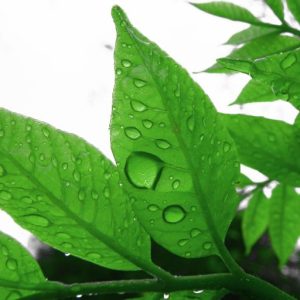
Some people talk about CO2 as if it were a toxic pollutant. Nothing could be further from the truth. CO2 is a vital gas of life. Without it, all life (plants and animals) would die.
CO2 is not carbon, it’s not soot, it’s not carbon monoxide (poisonous) and it’s not a pollutant. Here are some facts about the various levels of CO2 that we’ve had in our atmosphere.
- At 0.00 ppm CO2, all life dies.
- Below 150 ppm, all C3 species start to die. This is nearly 99% of our food crop species, leaving only pineapple, sugarcane, corn (maize) and a few other rarely used crops for all your meals. No more coffee, no more wheat toast and jam, no more orange juice, and no more chocolate.
- Below 800 ppm (2x today’s level), plants worldwide freaked out enough to evolve C4 species to cope with the CO2 starvation.
- The average (normal) CO2 level for the last 600 million years has been about 2,300 ppm (nearly 6x today’s level).
- The International Space Station typically has 5,000 ppm CO2 for its astronauts.
- NASA’s recommended CO2 maximum for long-term space missions is 7,000 ppm.
- Naval submarines typically have up to 10,000 ppm CO2.
- NASA’s recommended CO2 maximum for all space missions is 20,000 ppm.
Not Dangerous to Sea Life
Contrary to the modern hysteria, CO2 is not a danger to sea life. Some have claimed that shellfish will no longer be able to make their shells with CO2 levels higher than 400 ppm. This is nonsense. Shellfish evolved at a time when CO2 in the atmosphere was between 4,500 and 7,000 ppm—far higher than today. Amazingly, life adapts to changes in the environment, sometimes within a generation or two. At the rate CO2 is increasing, this will give hundreds of generations a chance to adapt.
